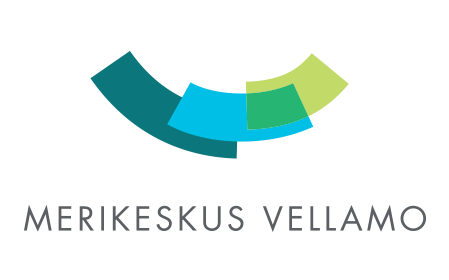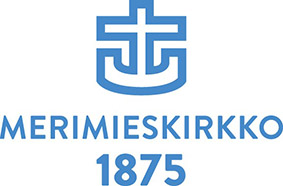
The Seamen’s Mission 1875 – With you abroad, in Finland and at Kymenlaakso
The Finnish Seamen’s Mission, originally named “Pastoral care organisation for Finnish seamen in foreign ports”, was established in 1875.
Supporting seafarers
<p>The Finnish Seamen’s Mission, originally named “Pastoral care organisation for Finnish seamen in foreign ports”, was established in 1875. Seven years later, the organisation became “The Finnish Seamen’s Missionary Society”. The organisation was founded to help Finnish seamen abroad, but it also became a haven for immigrants and other travellers. A lack of language skills, poverty, uncertain future, and homesickness created a need for aid work.
Finnish seamen’s mission began in England and expanded soon to Europe, the Americas and Australia. In the 1910s, the organisation landed in Finnish ports. The mission found its current form quickly: missionaries met Finnish people on ships and in hospitals and prisons, the organisation began to run a café, built saunas, and founded libraries, where people could read Finnish newspapers. Services were held in reading rooms and hours of prayer on ships.
For a long time, the seamen’s mission also took care of seamen’s financial affairs and correspondence and informed families of the passing of their loved ones.</p>
Church for mobile people
<p>Seafaring began to change radically in the 1960s. Vessels became larger, new ports were located far away from city centres, and stops in port became very brief. Crews no longer had enough time to visit seamen’s churches for recreation. As a result, missionary workers became more active on ships.
This turning point in seafaring and the globalisation of the industry introduced the seamen’s mission to new groups of people from tourists to heavy transport drivers, students, and employees on a work assignment. The organisation became a cultural centre and base for people travelling and living around the world.
In 1996, the organisation changed its name to “the Finnish Seamen’s Mission”. Currently, the organisation focuses on seafarer work in Finland and on social work abroad. Since 2020, the responsibility for the Church of Finland’s Finnish expatriate work has been gradually transferred to the Finnish Seamen’s Mission. This work is carried out in parishes in nearly 40 countries.</p>
Seamen’s mission in Kymenlaakso
<p>In the late 1800s, seafaring was an important source of livelihood and an enabler of industry on the coast of Kymenlaakso. The seamen’s mission was immediately warmly welcomed in the region. For example, the national organisation received aid from Hamina as early as 1876. The city had reportedly already done voluntary work for the benefit of seamen in Pitäjänsaari earlier in the century. On Kuutsalo, work to support the seamen’s mission began in 1908. The missionary work began on the outer islands and continued, after the Second World War, for example, on Pitkäpaasi and Paasio in Virolahti.
In Kotka, missionary work started in the 1870s thanks to private individuals. The Kotka Seamen’s and Home Mission Organisation was founded in 1888. The organisation opened its first reading room in the Ahlstubbe House. The organisation’s own chapel was completed three years later. The work and the building were later transferred to the Finnish Methodist Church and the seamen’s missionary work was continued by other religious communities. The Kotka Seamen’s Mission’s station was established in the 1920s. Currently, the living legacy of seamen’s missionary work in Kymenlaakso is sustained by the Hamina-Kotka Seamen’s Mission. </p>
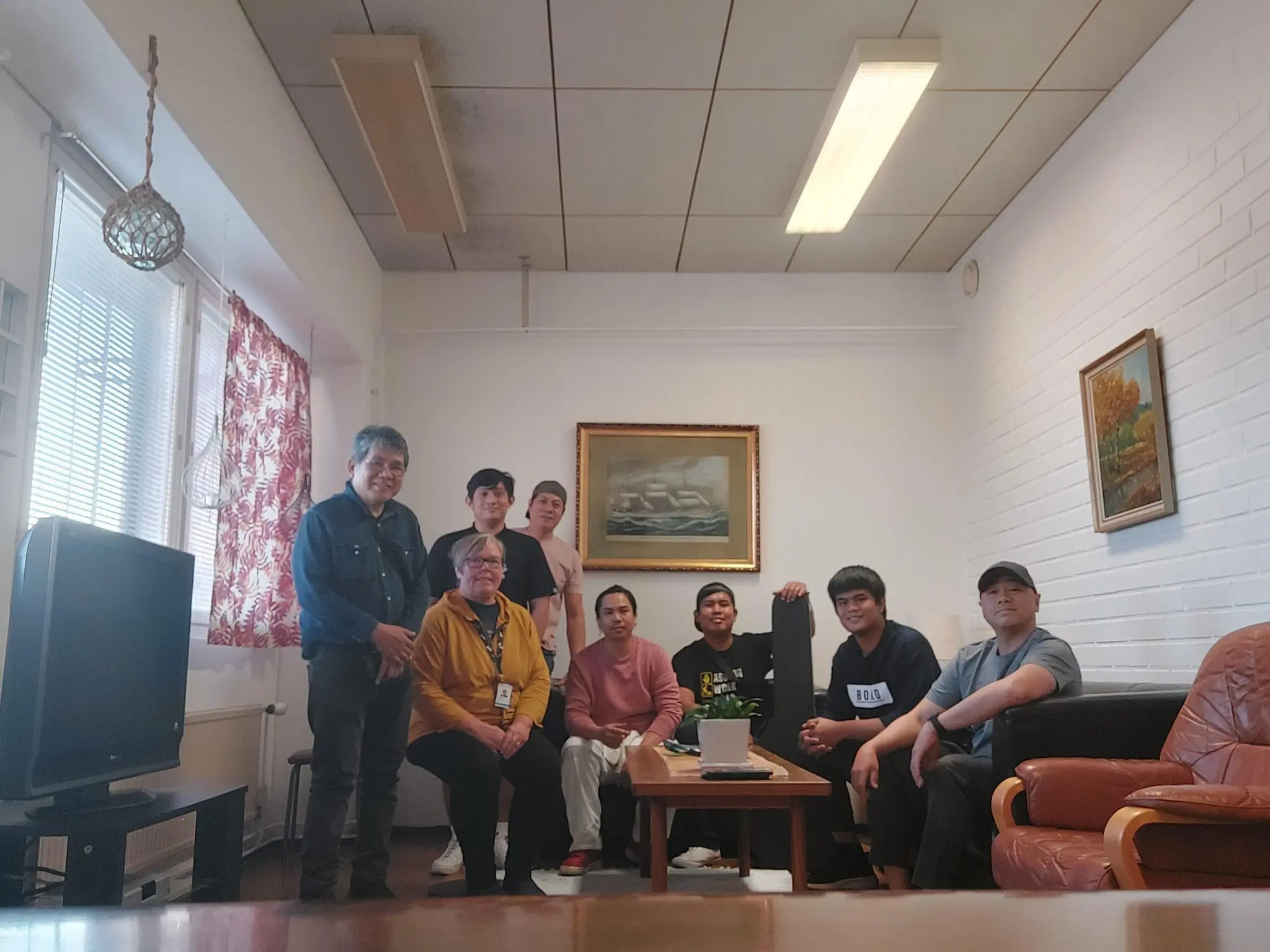
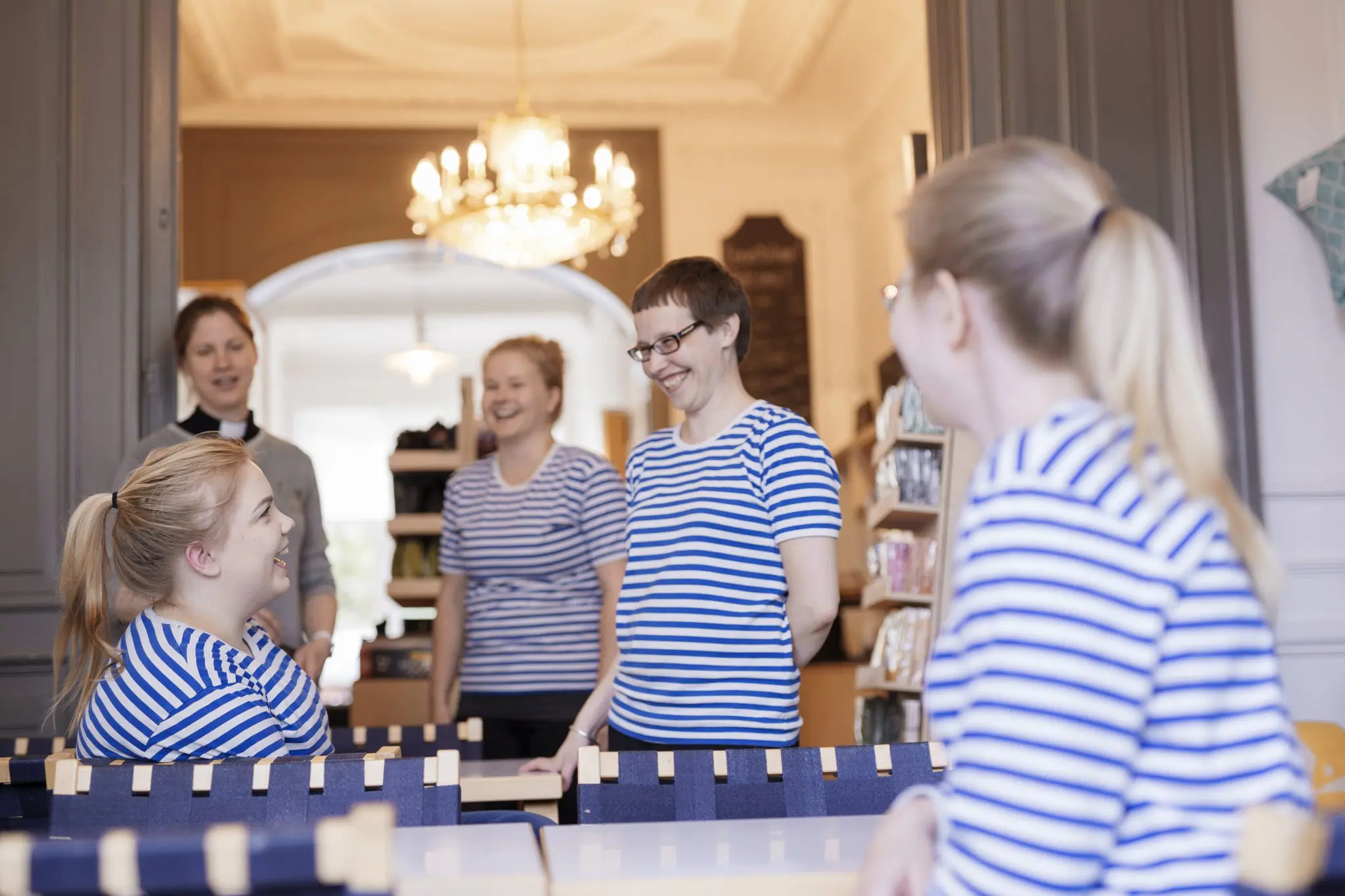
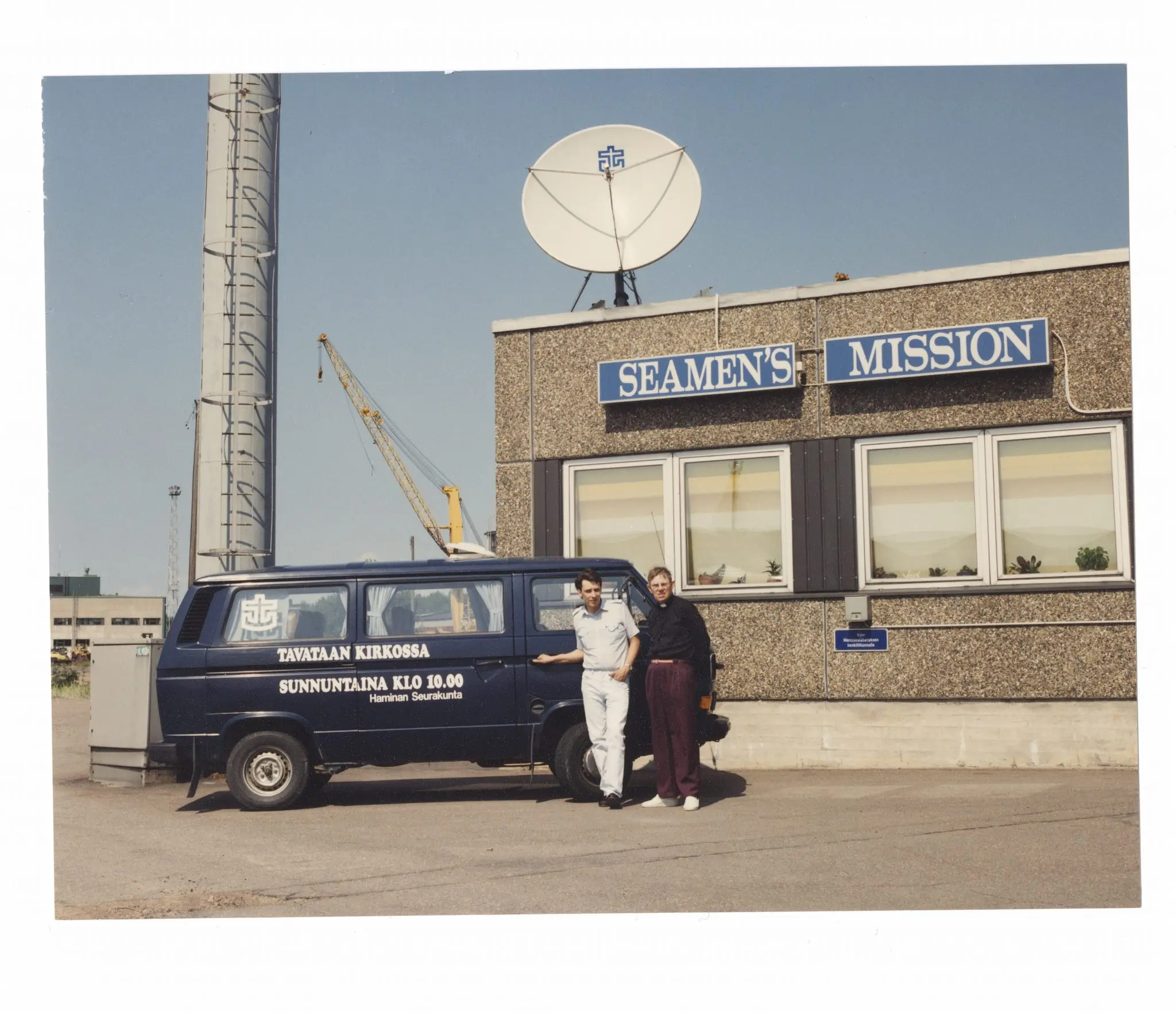

Objects
<p>A cardboard collection box. Funds for the seamen’s mission were also collected through jumble sales and sewing circles. The Maritime Museum of Finland.</p>
<p>A Christmas present for an unknown seafarer. Woollen socks knit by volunteers have been given out in Finland and around the world for over 150 years. Sometimes, the knitter slipped in a bar of chocolate or something to read.
In the 1990s, the Christmas presents from the Kurittula-Jäppilä Seamen’s Mission Circle almost never reached their recipients, because the car delivering the presents was stolen. The car was discovered burnt on a forest road a few days later. The thieves had not even taken the radio but were caught with sacks of woollen socks and chocolate. The recovered presents were delivered at the following Christmas. </p>
<p>A half hull model made by Konsta Pukki from Säkkijärvi in 1890s. The model was given to Arthur Palmroth, Sailing Chaplain in Hull, England. Sailing chaplains often became church and social opinion-leaders in Finland. Palmroth was later appointed the director of the Helsinki Deaconess Foundation, and he held the office from 1899 to 1919. The Hamina-Kotka Seamen’s Mission.</p>
<p>The model of the Suomi vessel carries many a story. The model’s past as a decoration in the poolroom of the Hamina Seamen’s Mission is commemorated by a hole in the glass case made by a billiard ball that had bounced off the pool table. There was also an attempt to steal the model, but station manager Sirkka Kari caught the thieves red-handed. Seamen visiting the church were discovered carrying the model out of the poolroom window to their ship in port. The Hamina-Kotka Seamen’s Mission.</p>
<p>The Bible in various languages from the shelves of the poolroom of the Hamina-Kotka Seamen’s Mission. </p>
<p>Sign of the Seamen’s Mission, then the Finnish Seamen’s Missionary Society, from the mid-1900s. The Maritime Museum of Finland.</p>
<p>Sign of the Hamina Seamen’s Mission. The cross-anchor symbol was designed by graphic artist Erik Bruun in 1975. The Hamina-Kotka Seamen’s Mission.</p>
